“You were here 20 years ago!” the ice-cream seller exclaimed as if I were a living historical relic as once more I looked across Dubai’s Creek of dhows.
Back then there were so few visitors to Dubai – and I was on business – that I was invited to the British Consulate for drinks. This time it is merely coffee at a friend’s villa in Jumeirah. He contributes to the 98.3% of Dubai’s population who are from somewhere else.
Today, standing on almost the exact same spot as twenty years ago, the artfully developed and pedestrians-only Al Seef recreates a long lost Dubai. It’s an antidote to the mega-metropolis of soaring plate-glass towers and crawling traffic.
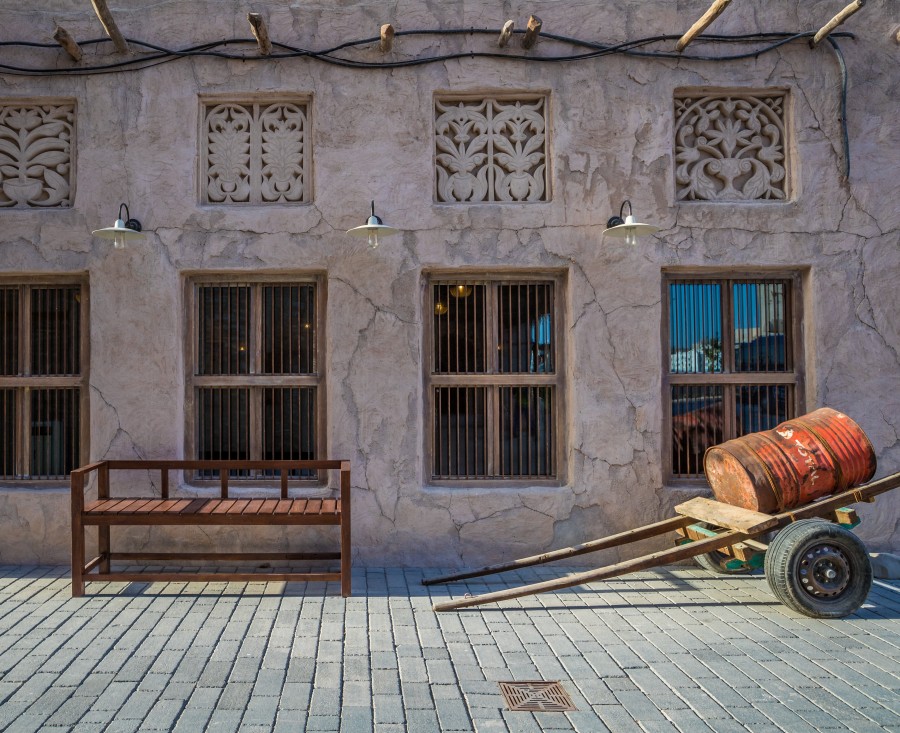
Instead, there’s a calming low-rise skyline of cross-timbered wind-towers that cool the houses below and the occasional green lollipop of an acacia tree whose roots delve deep into the sands for droplets of moisture.
There’s a biblical feel to the cracked plaster humble houses, built with desert-distressed timbers, that meander along the Creek for over a mile. Historical artefacts of hand-carts, sun-bleached splintered packing cases and triangular fishing nets suggest an atmosphere of bygone days. Car-free Al Seef is created from a desert-blasted palette of shades of sand, from a time before advertising.
Winding through this old town is the deconstructed Al Seef Hotel by Jumeirah. It consists of ten traditional “bayts” or houses. Each bayt is a cluster of rooms.
Guests can emerge from their room into the heart of Al Seef in the evening to listen to the singers playing traditional Arabic music on their ouds or watch swirling dancers kicking up a mini-sandstorm. Then, within minutes you can be tucked up in your discretely air-conditioned room.
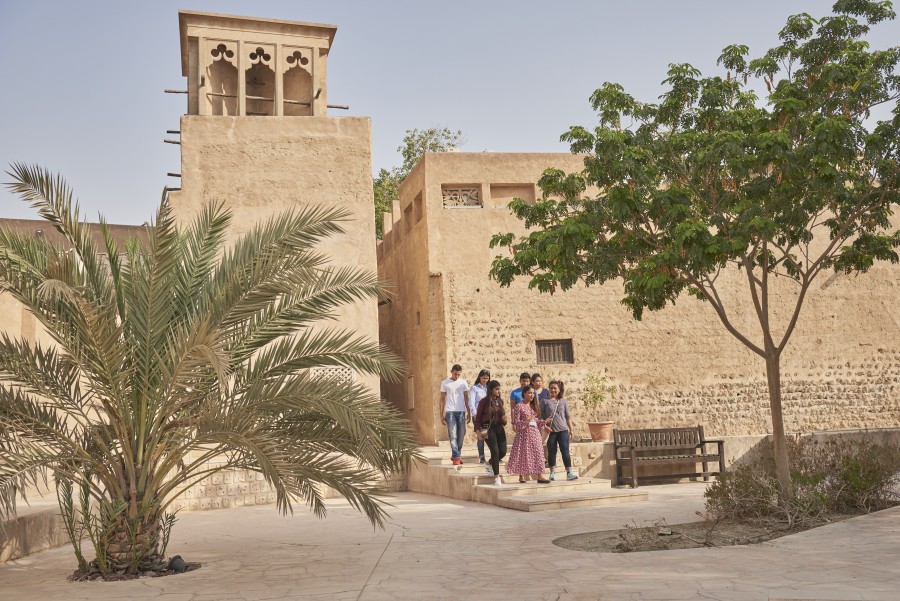
You can imagine Lawrence of Arabia resting up in the hotel for a few days rest between desert escapades. The rooms, almost living museums of yesteryear Dubai with their black-and-white photos, have sturdy wooden shutters and chunky wooden bathroom bolts straight from the Middle Ages. Black rotary dial phones and a wireless, not a radio, complete the retro look.
Originally, Dubai’s wealth came from pearls in the creek. You can see those pearls at Suwaidi Pearls and even book a day trip to watch the diving tradition continuing at Ras Al Khamiya – another UAE emirate.
Ultimately Al Seef will provide around 220 traditional souk-style shops, an Aladdin’s cave of abaya couture, camel’s milk toiletries, dates, perfumes, pashminas, rugs, spices, shoes and soaps conjured from the seven sands.
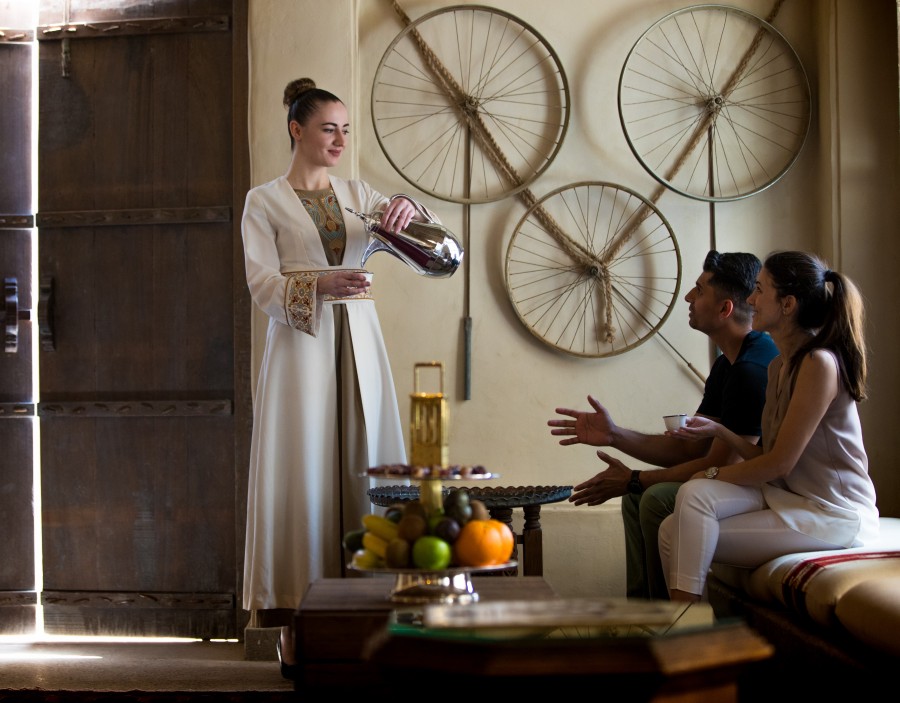
Soon there will be around another 100 shops too, more contemporary but without 21st-century logos, neon or vibrant colour.
At the very heart of Dubai, Al Seef has significant location advantages. For just one Dirham (around 20 pence) an abra – a traditional boat – will take you across the Creek to the dhow harbour and the hundreds of shops that make up the Gold Souk. Or you can take a walking tour of Old Dubai on both sides of the Creek.
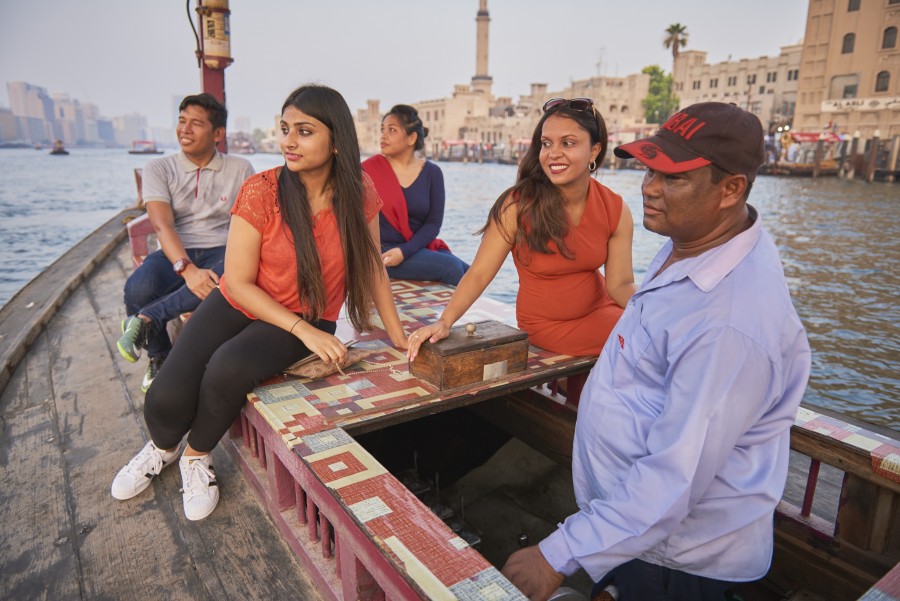
At its eastern end, Al Seef leads into the historic area around the Sheik Zayed Centre for Cultural Understanding. Enjoying an Arabic brunch, over a couple of hours, is the ideal way to understand Dubai’s heritage and culture.
The host will teach you how to drink small cups of coffee the Arabic way. Receive the cup with your right hand. To ask for two refills is customary, requesting a third is a sign that you want a private conversation with your host. Although knives and forks are provided you will be shown how to eat with your right hand, rolling a ball of rice and using just three fingers to soak-up the other dishes.
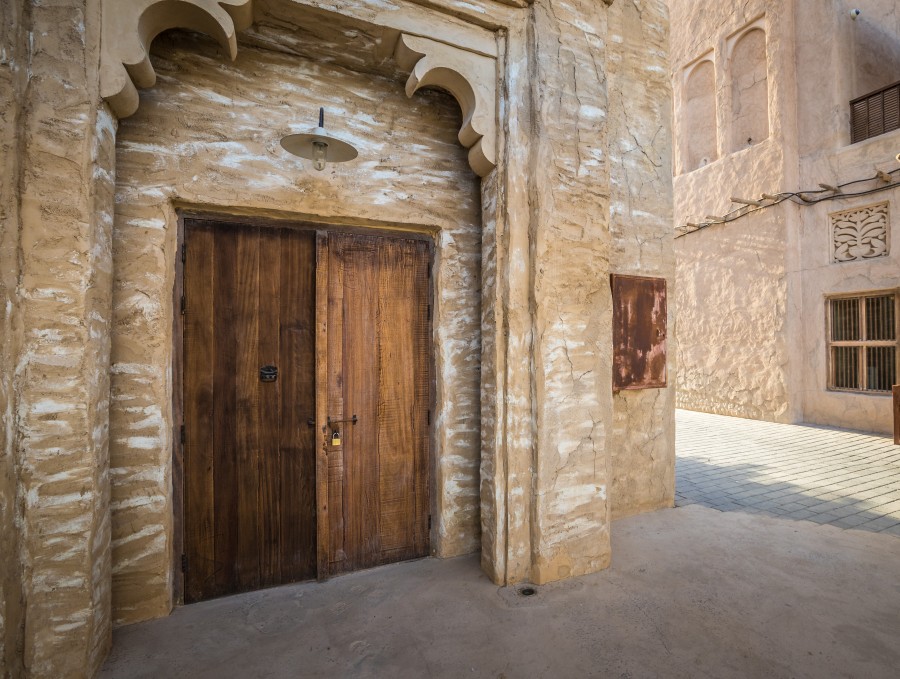
As a reminder of Dubai in a quieter age, as a more authentic Arabian experience, Al Seef will draw in visitors who will would not normally visit brash and blingy Dubai. Just a fifteen-minute drive from the airport Al Seef May become one of 2019’s trending destinations.
Tell me more about Al Seef in Dubai
The Al Seef Hotel by Jumeirah is at the heart of Al Seef. Double rooms begin from around £115. Breakfast is available at the hotel’s Saba’a restaurant which also provides an extensive Arabic feast every evening.
Visit here to research walking tours around Old Dubai.
Spend some time planning your visit at The Sheikh Mohammed Centre for Cultural Understanding which has a wide range of activities including cultural meals, museums and walking tours.

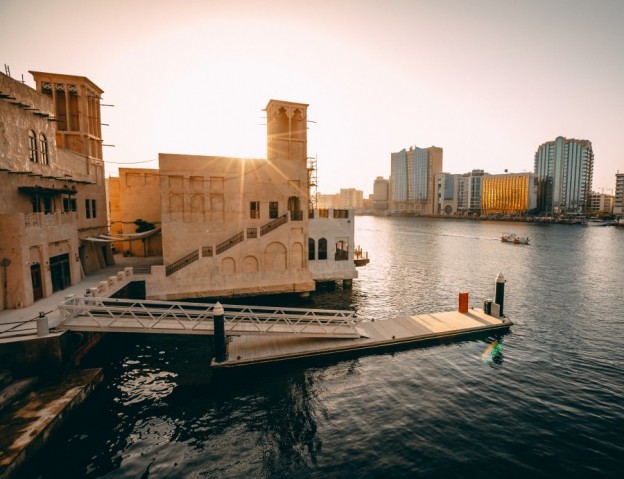
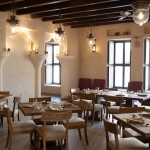
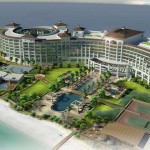
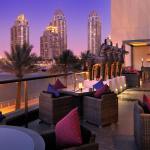
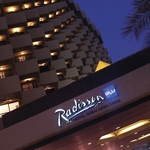

It is worth mentioning another unique feature of the Al Seef Hotel by Jumeirah: all rooms are located upstairs.